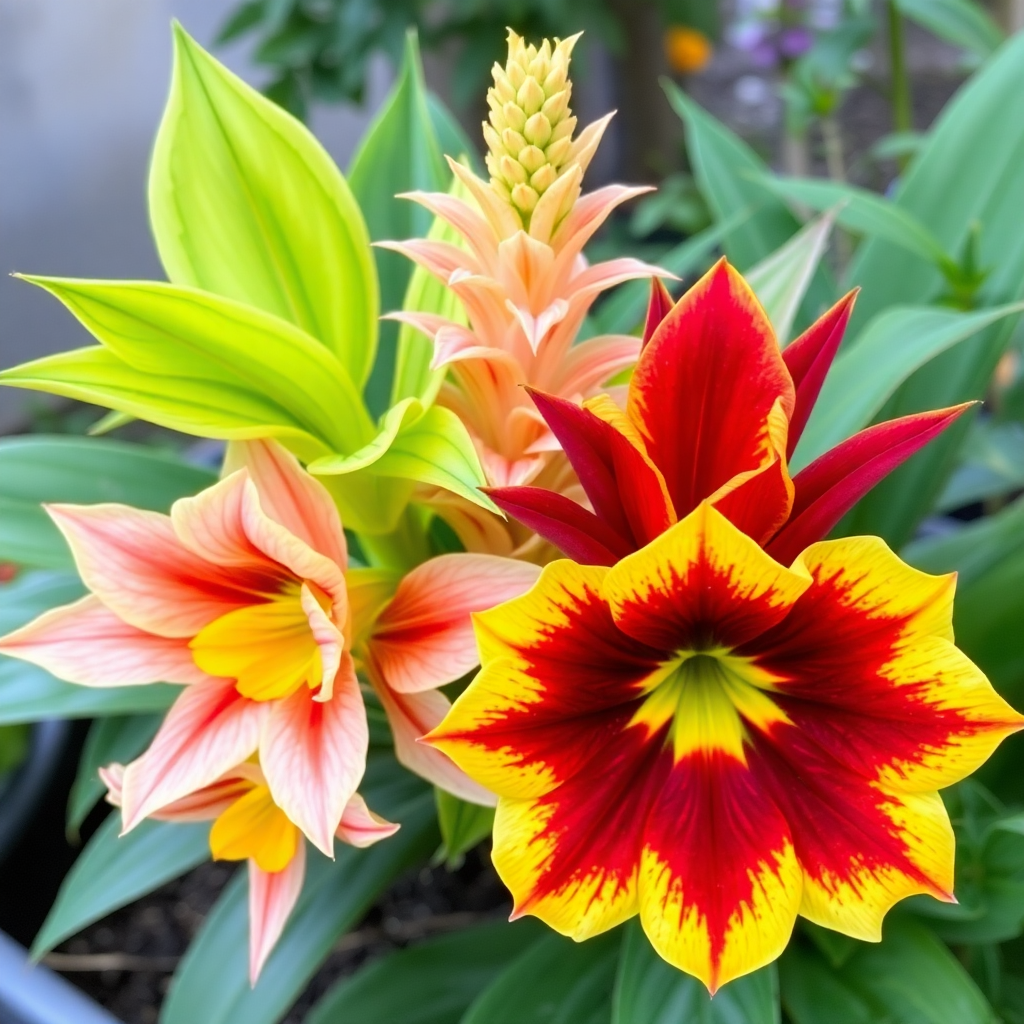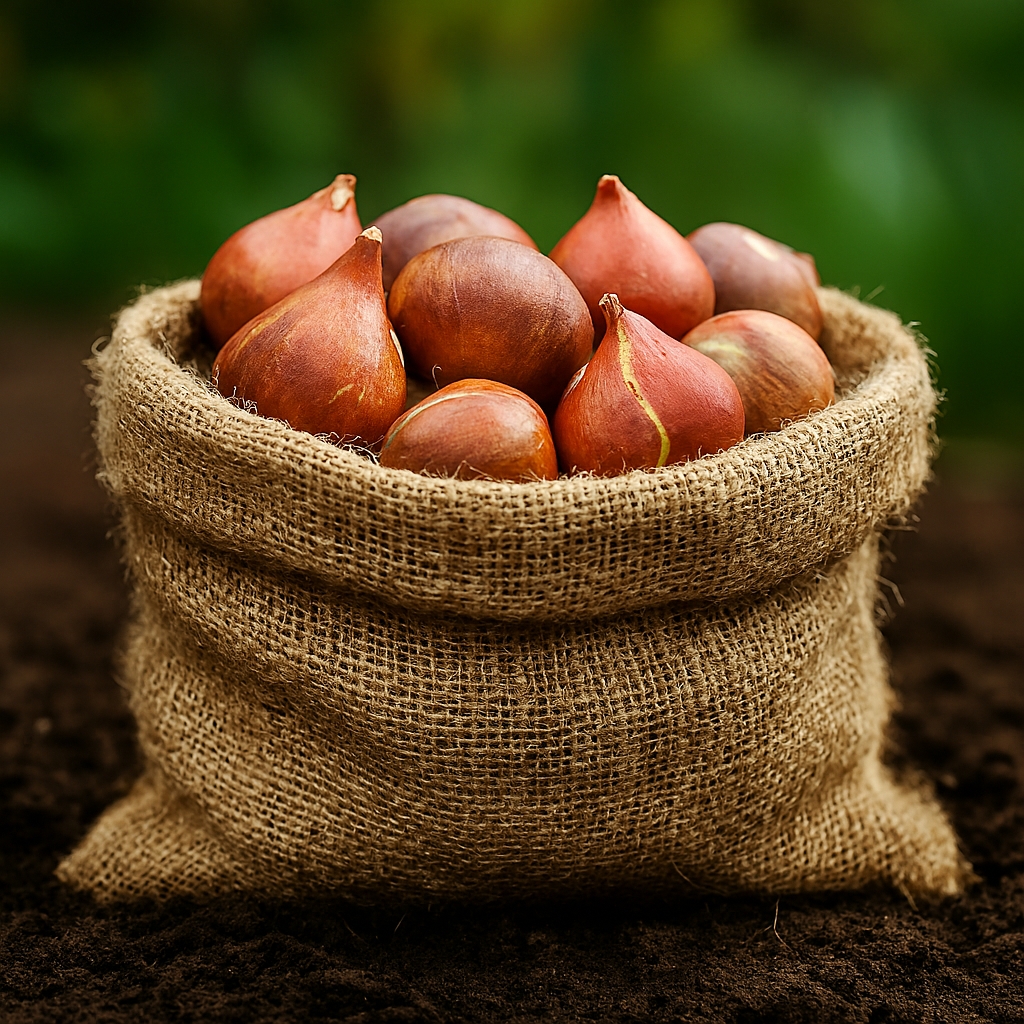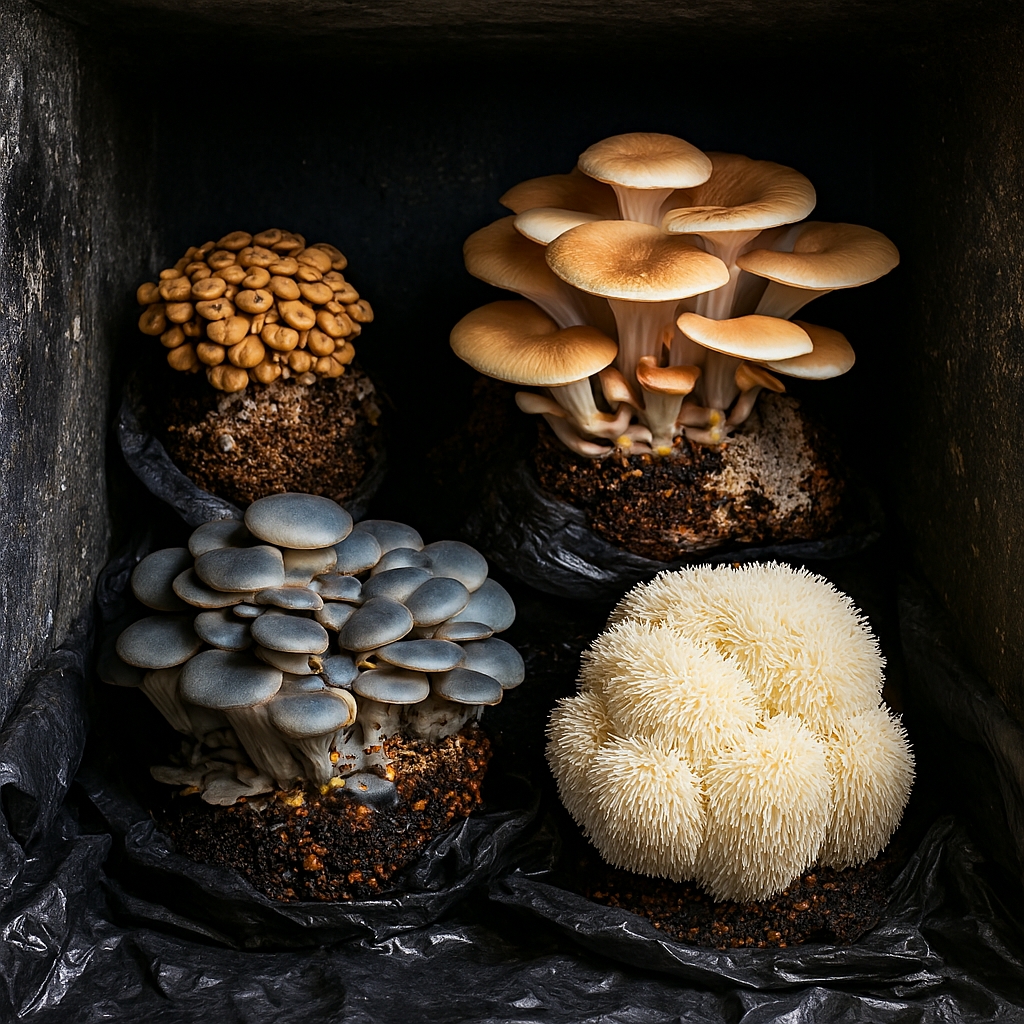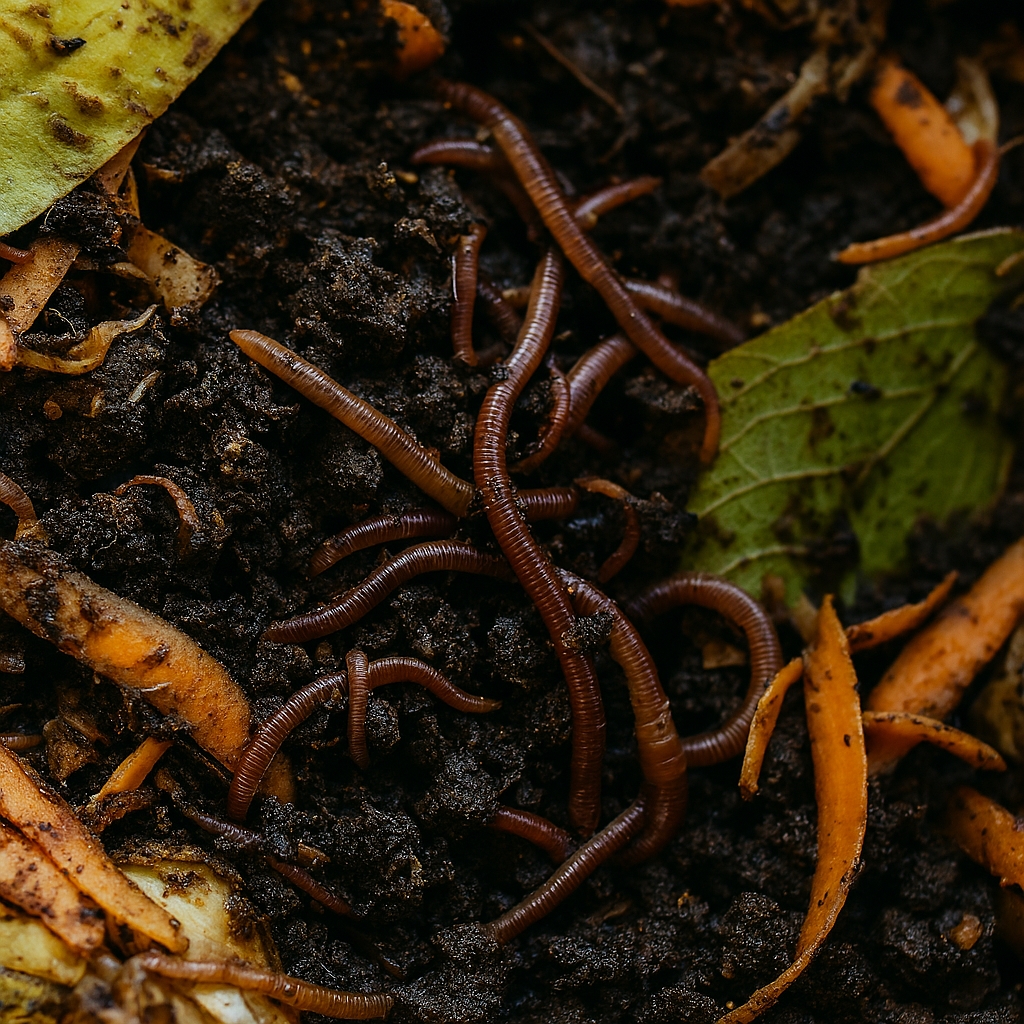The Role of Hybrid Plants and Environments in a Sustainable Future
Hybrid Plants
As humanity faces mounting environmental and societal challenges, the quest for innovative solutions has led to remarkable advancements. Among these is the creation of hybrid plants and environments—a concept that merges science, technology, and ecological stewardship. This idea has sparked discussions about its potential to shape a sustainable and harmonious future. But what are the possibilities and limitations of hybridization?

The Science Behind Hybrid Plants
What Are Hybrid Plants?
Hybrid plants are the result of crossbreeding two different species or varieties to create a new, optimized plant. This process, often guided by scientific research, focuses on combining desirable traits like increased yield, disease resistance, and tolerance to extreme weather conditions.
How Do They Contribute to Sustainability?
By tailoring plants to thrive in specific environments, hybridization can address issues like soil degradation, water scarcity, and agricultural inefficiency. For instance, drought-resistant hybrids can reduce the need for excessive irrigation, preserving vital water resources in arid regions.
Reimagining Our Ecosystems
What Are Hybrid Environments?
Hybrid environments go beyond traditional natural or urban spaces, integrating technology and ecological principles. Examples include green roofs, vertical farms, and rewilding efforts that incorporate human-engineered habitats with native flora and fauna.
How Could They Benefit Society?
These environments can enhance biodiversity while providing practical benefits like improved air quality, climate regulation, and food production. Urban hybrid ecosystems, for instance, can reconnect city dwellers with nature, creating healthier and more sustainable communities.

Addressing Global Hunger
Hybrid Crops to Tackle Food Insecurity
Hybrid crops can play a significant role in combating food scarcity. Varieties with higher yields and nutritional value can ensure better access to essential food resources for populations facing hunger and malnutrition.
Reducing Dependency on Chemical Inputs
Hybrids with natural pest resistance reduce the need for chemical pesticides, promoting healthier ecosystems and safer food production.
Revolutionizing Urban Spaces
Green Architecture and Biodiversity
Hybrid environments like vertical gardens and green roofs integrate flora into urban architecture, contributing to better air quality, cooling effects, and habitat spaces for urban wildlife.

Public Health Benefits of Urban Hybrids
These environments promote mental health and wellness by providing green spaces for relaxation and recreation, fostering a deeper connection to nature.
Hybridization in Response to Climate Change
Creating Resilient Species
Hybrid plants that can withstand extreme weather conditions, such as droughts or floods, are essential in regions most affected by climate change. These resilient species help ensure agricultural stability in uncertain times.
Mitigating Carbon Emissions
Hybrid environments absorb carbon dioxide and improve air quality, contributing to global efforts to combat rising greenhouse gas levels.
Technological Integration in Hybridization
The Role of AI and Precision Agriculture
Advancements in AI and precision agriculture allow for more effective creation and management of hybrid plants. By analyzing data, scientists can accelerate the development of ideal hybrid crops tailored to specific regions and needs.
Leveraging Smart Ecosystems
Technological innovations, such as IoT sensors and drones, can be integrated into hybrid environments to optimize resource usage and enhance biodiversity monitoring.
Challenges and Criticisms
Potential Risks to Native Species
Hybridization must be approached cautiously to prevent the displacement of native species or unintended ecological consequences. Striking a balance is vital.
Economic Barriers to Adoption
Developing and implementing hybrid plants and environments may be costly, making accessibility a concern for developing countries.

Conclusion
Hybrid plants and environments represent an exciting frontier in sustainable innovation. Their potential to address pressing global challenges is undeniable, but careful planning and ethical considerations are vital to ensure a balanced approach. By collaborating with communities and leveraging scientific advancements, we can work towards a future where humanity and nature coexist in harmony—a better future for all.
Join the Discussion
The concept of hybrid plants and environments presents both promise and challenges. What are your thoughts on their role in shaping a sustainable future? Are there risks we should be more mindful of?
#HybridPlants #SustainableFuture #GreenInnovation #ClimateChangeSolutions #EcoTechnology #BiodiversityMatters #FoodSecurity #GlobalHungerSolutions #GreenArchitecture #UrbanSustainability #ResilientAgriculture #VerticalGardens #PrecisionFarming #DroughtResistantCrops #SmartEcosystems #CarbonEmissionsReduction #EcoFriendlyLiving #EthicalHybridization #TechnologyInNature #NatureAndScience #GreenRoofInnovation #CommunityCollaboration #SustainableDevelopment #EnvironmentalBalance #WildlifeProtection #ClimateResilience #FutureOfFarming #GreenLivingIdeas #AgriculturalInnovation #SmartEnvironmentDesign














Leave a Reply